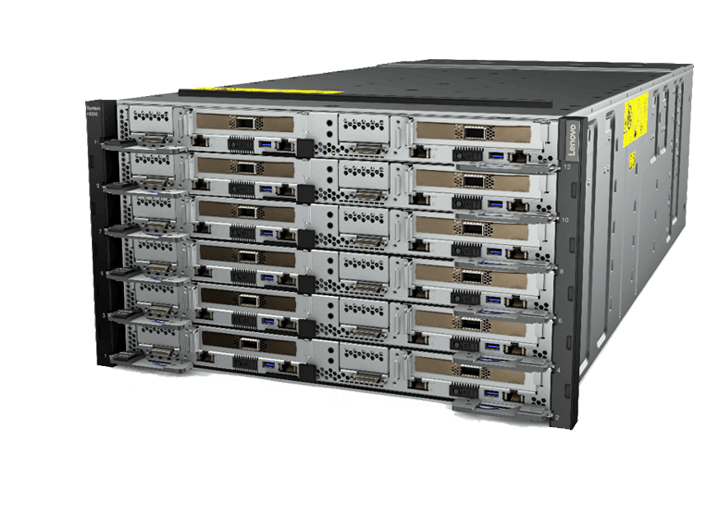Ten Exascale supercomputers by 2023
The US is spending $1.8 billion on three exascale supercomputers which should be completed in 2021-2022. The US is building the A21 at Argonne national labs, Frontier at Oak Ridge national lab and El Capitan at Livermore national lab. By 2022, the fastest of US exaflop supercomputers could be 1.3 exaflops or more. China has …











